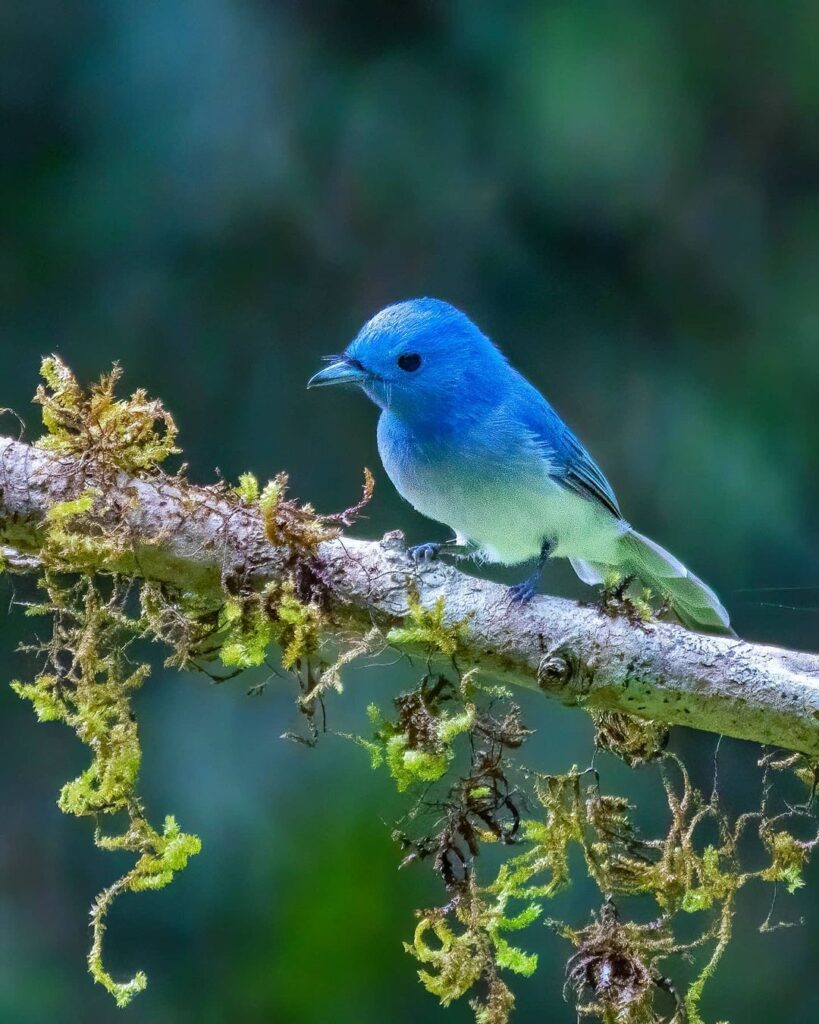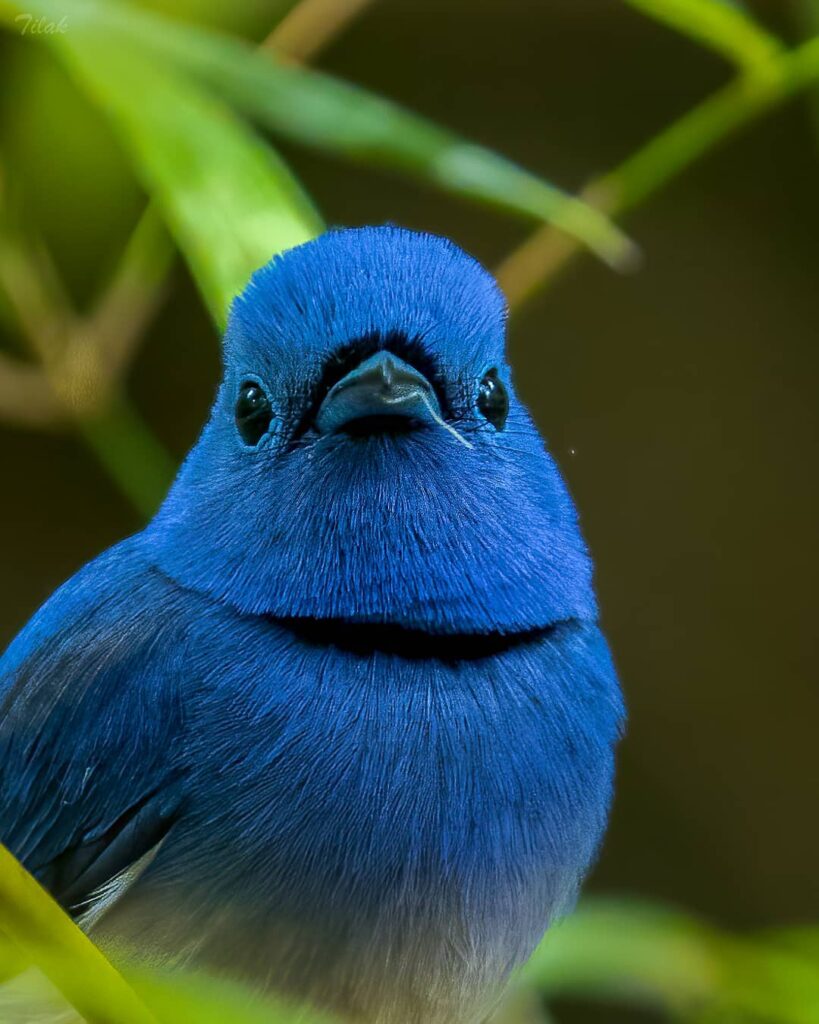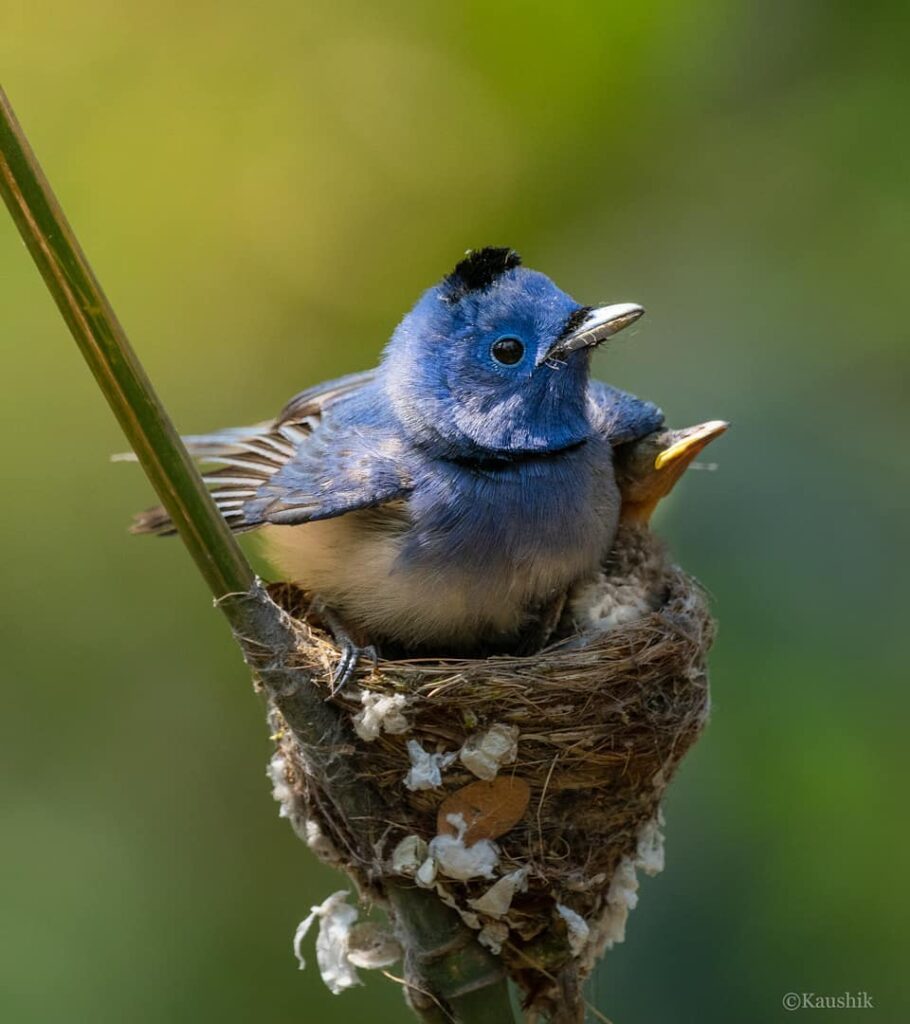Special Blu Bird
The bird is mainly blue, despite its name of “black-naped.” Its thin black collar, on the other hand, may have given it this moniker. Regardless, it causes a great deal of uncertainty. You’re not alone if you’re conflicted about the bird’s name. The bird is also a member of the monarch flycatcher family.

The coloration of the birds varies depending on their gender. Males have blue plumage, while females have a duller hue and olive-brown wings. Females are devoid of the black patches on the back of their heads. The bird is around 16cm long, according to Thai National Parks. In addition, the hue of the birds varies by area. In other words, there may be a color variation between birds found in India and Thailand.

The call of this bird is similar to that of the Asian paradise flycatcher. As a result, the bird joins mixed-species groups as well. The flock forages together for food. The food of the bird is mostly carnivorous. It hunts tiny insects, which it prefers. The term “black-naped blue flycatcher” comes from this. This has been confirmed by Singapore Birds.
The bird loves to stay in wooded areas that are both dry and moist. The flycatchers can be found in dense woods. As a result, there are a lot of trees there. In India, the bird’s major breeding season is from May to July. In addition, the bird produces two to three eggs. These are put in an excellently constructed cup nest. The nest is in a tree branch’s ‘fork.’ The females construct the nest, while the males destroy it.

On the IUCN Red List, the flycatcher is classified as “Least Concerned.” Habitat loss and other human activities, on the other hand, pose a threat to this blue bird. Deforestation removes the trees that provide them with a habitat. As a result, their numbers are reduced.
Human activity has reduced their area by 75 meters, according to a Sri Lankan research. They are easily influenced by human activities, as is the case with many other species.